by Maggie McFee - Nov. 13, 2019 While attending the PEARC conference, Maggie and Austin ran into some of our Yale Research Computing counterparts: Kaylea, Robert, and Ben. While there's an intense sports rivalry between the two schools, this wasn't the case with our RC departments. We really hit it off well and we talked about our similarities, differences,…
News
Convergent regulatory evolution & loss of flight in paleognathous birds
The Evolution of Flightless Birds: Study explores the genetics behind how they developed "Since Darwin’s era, scientists have wondered how flightless birds like emus, ostriches, kiwis, cassowaries, and others are related, and for decades the assumption was that they must all share a common ancestor who abandoned the skies for a more grounded life. By the early 2000s, new…
FASRC Cluster Refresh 2019
As of the November 2019 rankings, Cannon has ranked #144 on the Top500 list! For current cluster details, please see: https://www.rc.fas.harvard.edu/about/cluster-architecture/ For current partition configurations and changes, please see the Running Jobs page The lease on the Odyssey compute cluster comes to an end this year, and a hardware refresh of the cluster will occur in September. Current ETA for…
Deep learning of aftershock patterns following large earthquakes
Phoebe M. R. DeVries, Fernanda Viégas, Martin Wattenberg & Brendan J. Meade "Aftershocks are a response to changes in stress generated by large earthquakes and represent the most common observations of the triggering of earthquakes. The maximum magnitude of aftershocks and their temporal decay are well described by empirical laws (such as Bath’s law and Omori’s law), but explaining and forecasting…
Unraveling the Stellar Content of Young Clusters
"CfA astronomers Rafael Martinez-Galarz and Howard Smith and their two colleagues have developed a new statistical analysis technique to address the problem of confused SEDs in clustered environments. Using the highest spatial resolution images for each region, the team identifies the distinguishable stars (at least this many are in the cluster) and their emission at those wavelengths." More at the…
Revisiting the Six City Study
"Last June, eight new Harvard-affiliated researchers revisited the study, using new technologies and innovations in statistical analysis and examining Medicare data—the largest and most public dataset available documenting the health of U.S. citizens—thus presumably averting renewed charges of secret science (an issue raised anew by current EPA administrator Scott Pruitt). Their findings breathe new life into the main conclusion…
Mapping Invisible Ocean Pollutants
Prof. Elsie Sunderland's lab seeks to build a picture of pollutants which threaten our oceans. “People struggle with this idea that we could impact planetary level processes. But we do. There’s irrefutable evidence on many, many scales that we’re changing the natural functioning of these ecosystems.” Read more in Harvard Magazine's full story
Accelerating Viscoelastic Calculations
Read more about how Brendan Meade's group used machine learning and the Odyssey cluster to accelerate large-scale viscoelastic calculations using neural net concepts at Harvard Magazine. Earthquakes Around the World - Harvard Magazine For a deeper dive, you'll find their paper describing the work at https://arxiv.org/abs/1701.08884 ABSTRACT: "One of the most significant challenges involved in efforts to understand the effects of repeated…
Air Pollution and Mortality in the Medicare Population
ABSTRACT - We constructed an open cohort of all Medicare beneficiaries (60,925,443 persons) in the continental United States from the years 2000 through 2012, with 460,310,521 person-years of follow-up. Annual averages of fine particulate matter (particles with a mass median aerodynamic diameter of less than 2.5 μm [PM2.5]) and ozone were estimated according to the ZIP Code of residence for…
A Language Out of Nothing
Searching for the nature of speech, sign, and universal grammar "Davidson’s work on sign languages spans the divide between applied and theoretical linguistics, contributing to both abstract debates about language in the mind and questions with immediate impacts on people’s lives. Harvard’s small but formidable linguistics department thrives on its interest in the union of theory and empirical research." Read…


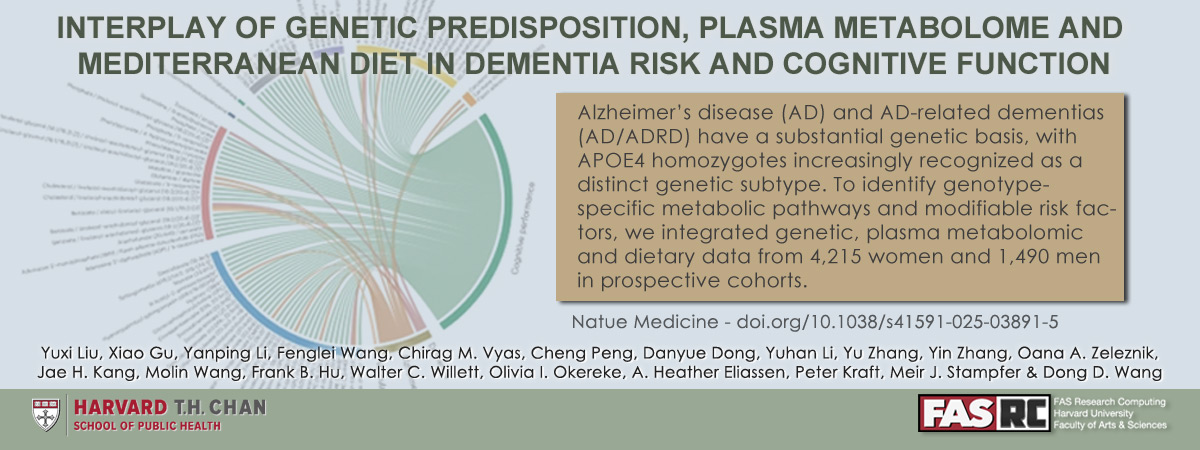
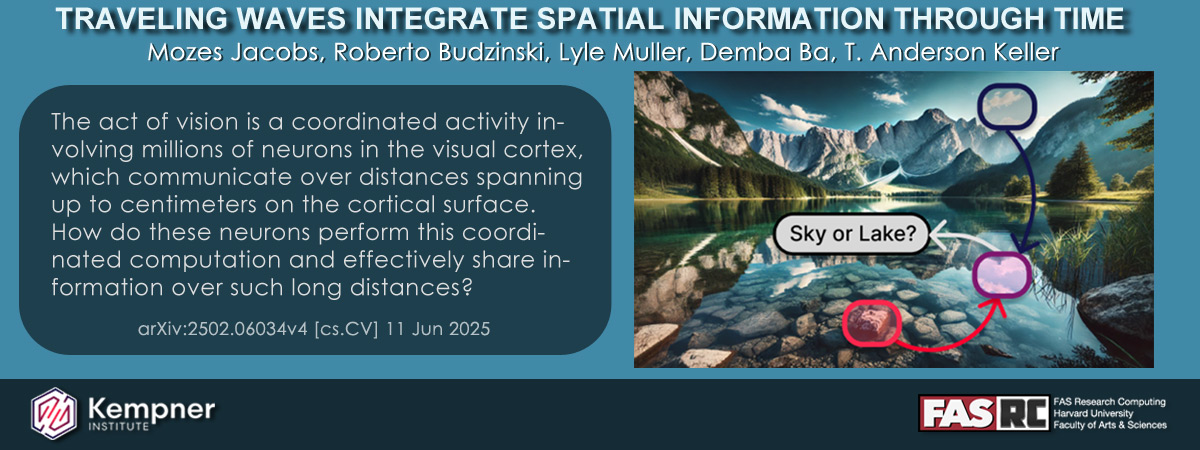
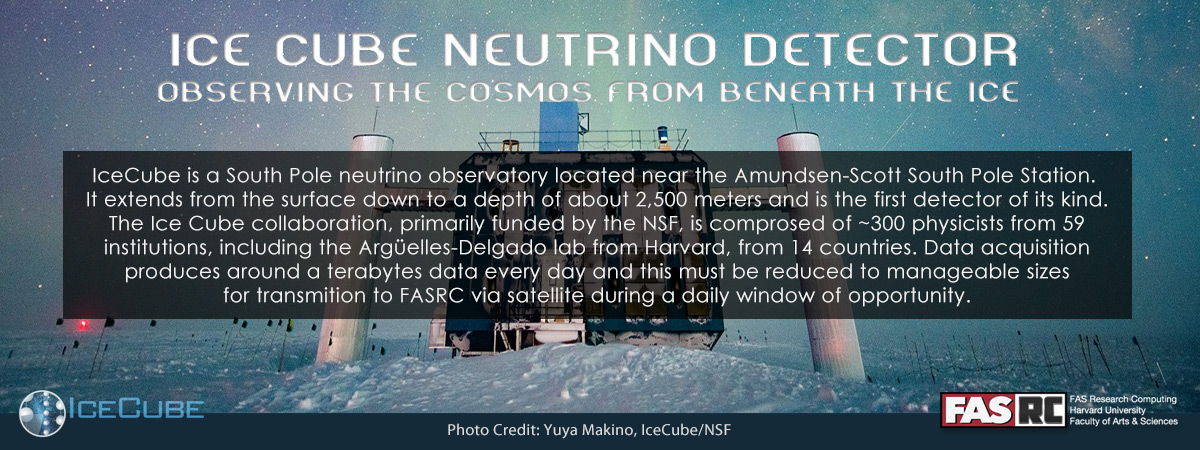
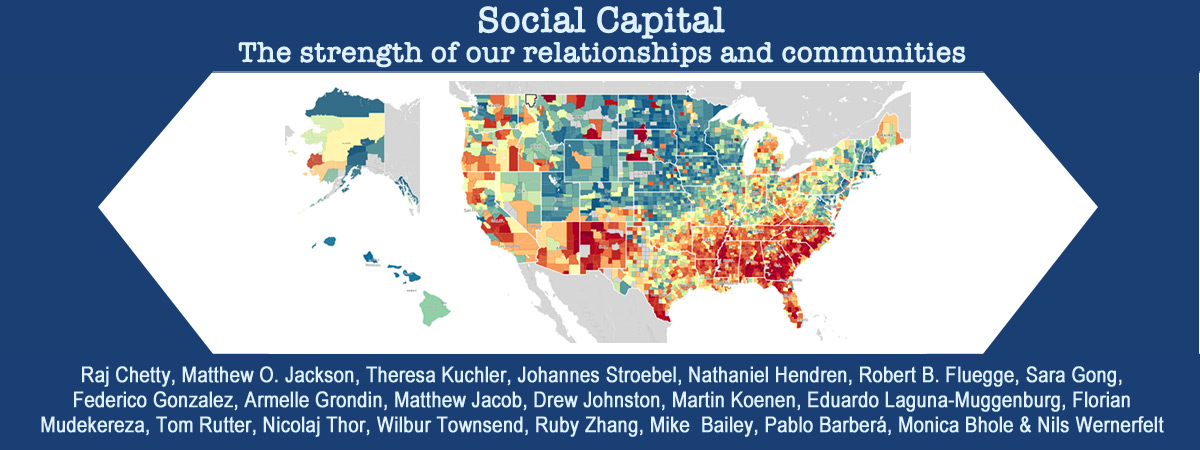
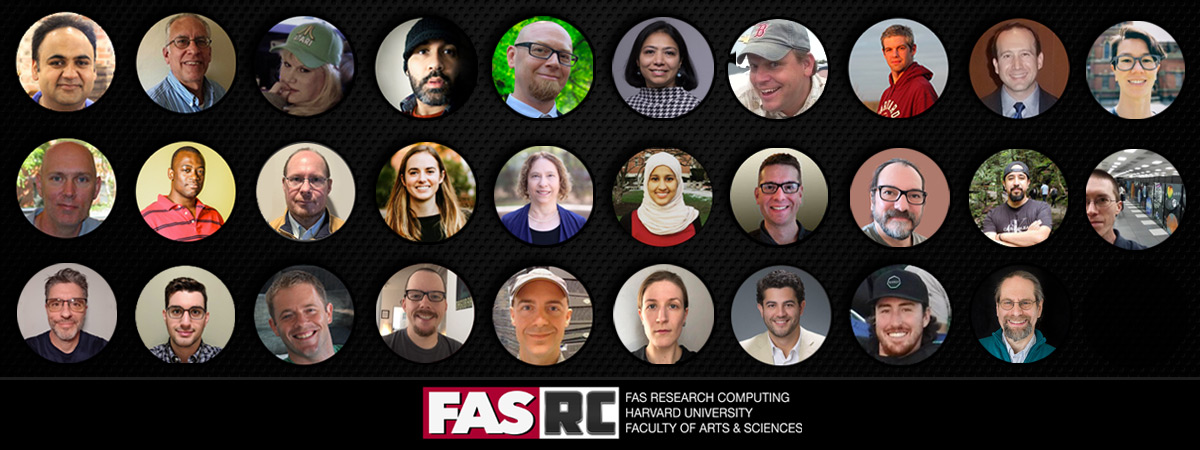

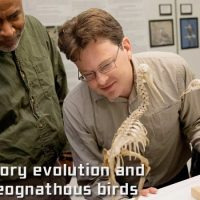

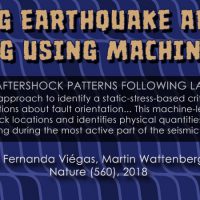
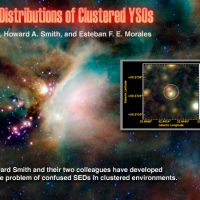
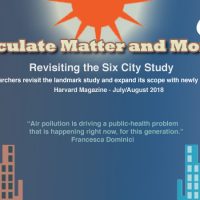
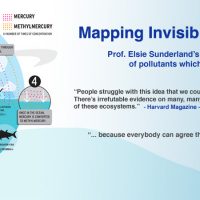
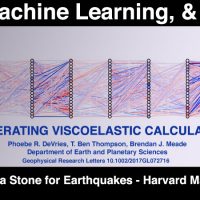
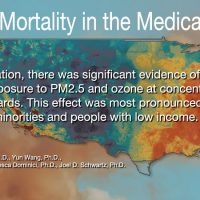
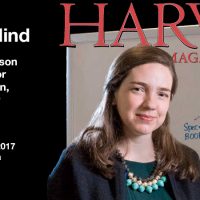

You must be logged in to post a comment.